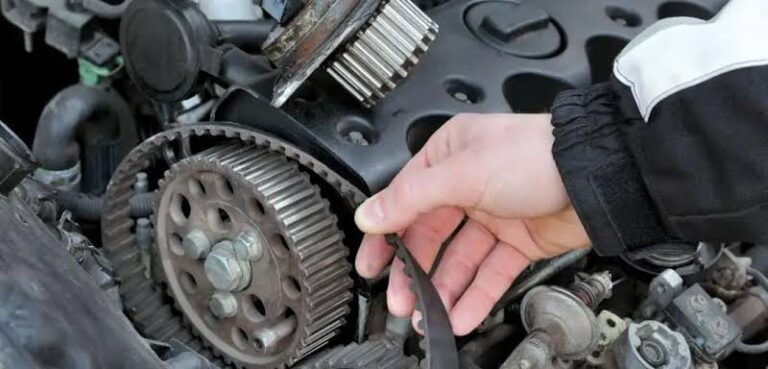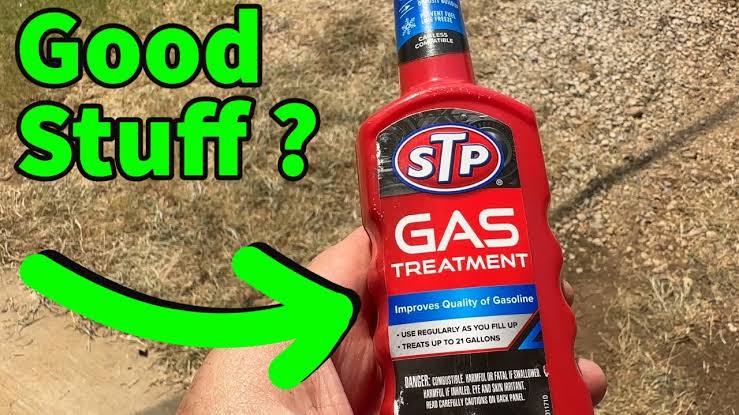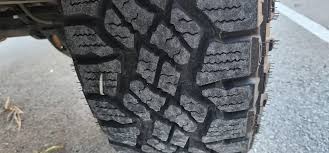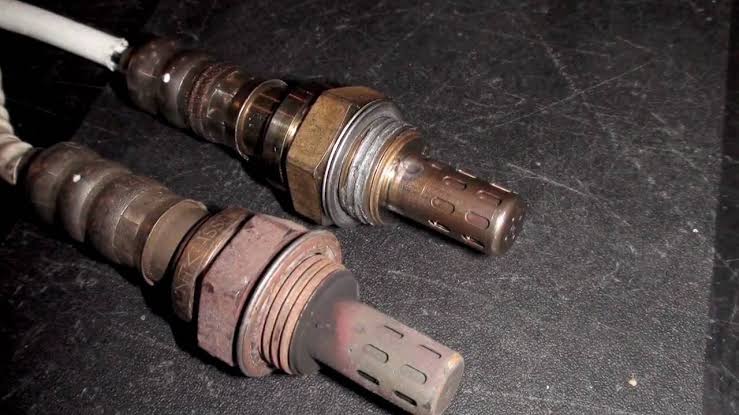Will a 4L80E Replace a 4L60E?

If you’re considering replacing your vehicle’s 4L60E transmission with a 4L80E, there are several factors to consider. Both of these are automatic transmissions used in GM vehicles, but they have key differences that may impact compatibility and performance. Here’s everything you need to know.
What is the 4L60E?
The 4L60E is a four-speed automatic transmission that was commonly used in General Motors (GM) trucks, SUVs, and cars. It is known for its light-duty to moderate-duty performance and is often found in vehicles with engines producing less horsepower and torque.
Key Features of the 4L60E:
- Torque Capacity: Typically handles up to 360 lb-ft of torque.
- Usage: Common in light to mid-size GM vehicles (like Chevys and GMCs).
- Applications: Found in V6 and V8 engines, and used in vehicles like the Chevrolet Silverado, GMC Sierra, and Chevrolet Camaro.
What is the 4L80E?
The 4L80E is a more robust, heavy-duty version of the 4L60E. This transmission is also a four-speed automatic but is designed to handle higher torque levels and is typically found in larger trucks and commercial vehicles.
Key Features of the 4L80E:
- Torque Capacity: Can handle up to 440 lb-ft of torque.
- Usage: Commonly found in heavy-duty vehicles like GM 2500/3500 trucks, commercial vehicles, and towing rigs.
- Applications: Typically paired with larger engines and used in vehicles requiring heavy-duty towing capabilities.
Can a 4L80E Replace a 4L60E?
Physical Compatibility
While the 4L80E and 4L60E share similarities, such as both being 4-speed automatic transmissions, they are not directly interchangeable. Here’s why:
- Size Differences: The 4L80E is physically larger than the 4L60E, both in terms of length and overall size. This can cause issues with fitment in vehicles originally designed for the 4L60E.
- Bellhousing Mounting: The bellhousing pattern on the 4L80E is different from that of the 4L60E, meaning that the mounting points may not align with the engine. An adapter plate may be required to make the swap.
- Drive Shaft and Crossmember: The 4L80E may require a different drive shaft and crossmember placement, as it is typically used in heavier-duty vehicles. You might need to make adjustments to the vehicle’s transmission tunnel and mounts.
- Wiring and Electronics: Both transmissions are electronically controlled, but the wiring harnesses may differ. You might need to modify or replace the wiring harness to ensure compatibility with the 4L80E.
Considerations for Replacing a 4L60E with a 4L80E
- Towing and Power: If you’re looking to replace your 4L60E because you need more towing capacity or your vehicle has been upgraded with a more powerful engine, the 4L80E would be a good choice due to its higher torque capacity.
- Transmission Tuning: The 4L80E has a stronger clutch pack and heavier-duty internal components, making it more suitable for heavier loads. However, you might need a custom tuning or a shift kit to make sure it shifts properly in your vehicle after the swap.
- Cost and Labor: Since the 4L80E requires more modifications for installation, the cost and labor associated with the swap may be higher than simply replacing the 4L60E with a new one.
- Drivetrain Compatibility: Before proceeding, ensure your rear axle ratio, transfer case, and other drivetrain components are compatible with the 4L80E. You may need to make adjustments to ensure the transmission is properly supported.
Conclusion
While it is technically possible to replace a 4L60E with a 4L80E, it is not a straightforward swap. The 4L80E offers greater durability and torque handling, making it a suitable choice for vehicles with higher power or towing demands. However, be prepared for the modifications and additional costs that come with such a swap. You’ll likely need an adapter plate, new mounting brackets, and modifications to your vehicle’s drivetrain and wiring to ensure compatibility.
FAQs
1. Can I swap a 4L60E with a 4L80E without major modifications?
- No, the swap will likely require several modifications, including changes to the mounting points, wiring, and possibly the drive shaft and crossmember.
2. Will the 4L80E fit a vehicle originally designed for a 4L60E?
- Not directly, because the 4L80E is larger and requires modifications to fit in the same space as the 4L60E.
3. Is the 4L80E a better transmission for towing?
- Yes, the 4L80E is designed to handle more torque and is ideal for vehicles that need to tow heavier loads.
4. Can I use a 4L80E without changing my engine?
- Yes, but your engine should be able to produce enough torque to take full advantage of the 4L80E’s capabilities. You may also need to adjust your transmission control system.
5. How much does it cost to replace a 4L60E with a 4L80E?
- Costs vary depending on labor, parts, and necessary modifications, but it can be significantly higher than replacing with a 4L60E.
Also Check:
• Will a Bad Transmission Cause No Start?





